Scars of the Earth: top 5 mysterious craters in the world (10 photos)
Impact craters are part of our planet's history, and they remind us of how precious life is, and how easily it can be taken away by "uninvited guests." But they also left something interesting for us! 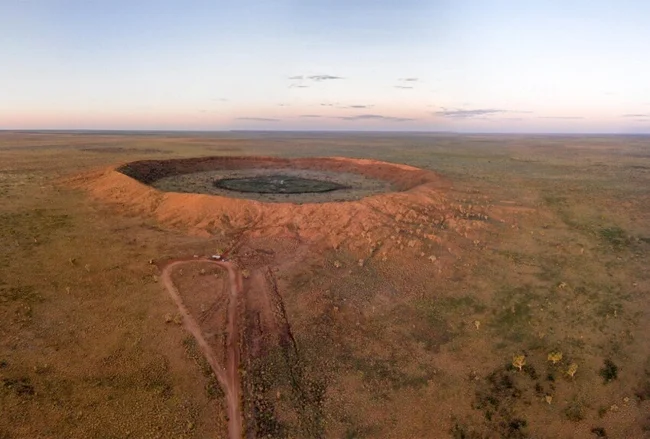
Vredefort Crater, South Africa
Let's take a look at the strangest “battle scars” on Earth!
1. Monument to dinosaurs 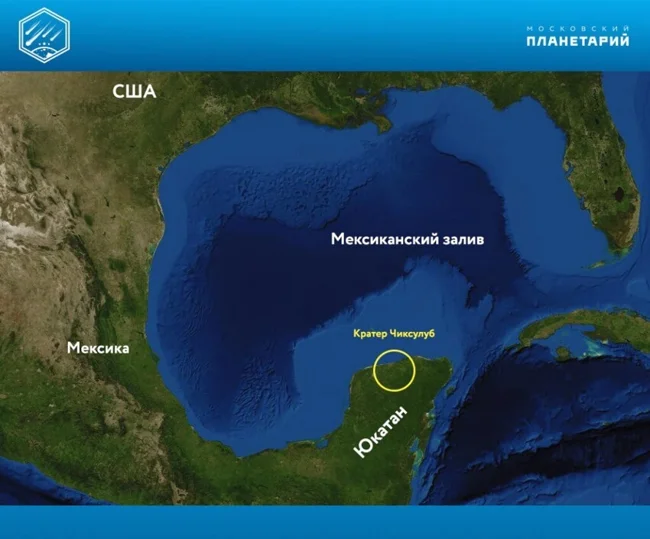
The crater, which was formed after a collision with the same dinosaur-killing meteorite, was discovered by chance by a group of geologists in 1978 on the Yutacan Peninsula in Mexico. Scientists then investigated the geological processes at the bottom of the Gulf of Mexico and noticed a gigantic arc over 70 km long, and not only was it “hidden” under water - its second part came out onto land, and both arcs folded into a neat circle. Further research showed that this is a crater that was formed as a result of a powerful collision 66 million years ago - this is the oldest trace of that very catastrophe that took the lives of the former owners of our planet. The meteorite that left such a “print” had a diameter of about 15 km, and it crashed into the Earth at a tremendous speed of 60,000 km/h. The crater is called Chicxulub, which means “Demon of Ticks” in the ancient Mayan language. Its diameter is 180 km. 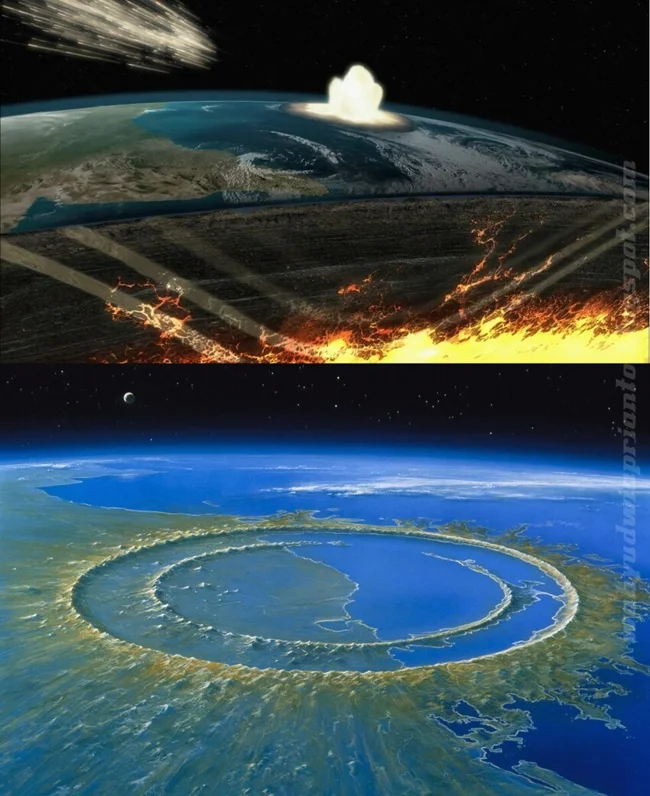
2. Changed the course of history
The asteroid that struck Earth and created the Vredefort crater was one of the largest to ever impact the planet after its formation; According to calculations, its diameter was about 10 kilometers. The diameter of the crater itself is 300 km. Vredefort is one of the oldest craters on Earth, its age is estimated at about 2 billion years. When the asteroid fell, an explosion occurred, the energy of which was comparable to 1.4 billion kilotons of TNT. If the Earth were inhabited by living creatures, no one would have any chance of survival! The crater is located in southern Africa (South Africa), it got its name from the name of the small town next to which it is located, and this memorable object is protected by UNESCO, since the crater has a very rare ring (stepped, like in an ancient theater) structure. At the time of the collision with this huge asteroid, life on Earth had just begun to form and consisted of microscopic plant forms. The most powerful release of energy is considered the main culprit in changing the course of evolution of single-celled organisms. If this collision had not occurred, perhaps multicellular organisms would not have been able to form on Earth, and the blow of the “uninvited guest” was “a kind of magic kick” that launched the development of complex life forms. 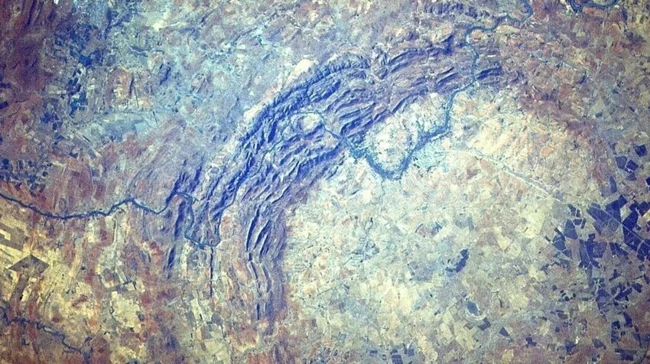
Vredefort Crater
3. The Mystery of the Caspian Sea
The seas are connected to the oceans, but the Caspian Sea looks like an outcast - it is a body of water that does not flow into the ocean. Scientists argue that due to its isolation from the World Ocean, it cannot be considered a “full-fledged sea”: it is something between a lake and a body of sea. But why did it become a hermit? Back in the 17th century, the English astronomer Edmund Halley suggested that the Caspian Sea was formed as a result of the impact of a huge comet on the Earth (or this “guest” could have been an asteroid), and the waters of numerous rivers poured into the resulting bowl - and thus a giant reservoir was formed, which was called a lake It’s a shame, but the sea is worthy of its size. The rapid development of oil fields in the Caspian Sea with their eternal drilling of the seabed has led to the understanding that the southern part of the Caspian Sea is clearly of meteorite origin, which is confirmed by the peculiarity of the structure of the South Caspian depression, which has a bowl-shaped shape. 
South Caspian depression
It is believed that the probable impact of a huge asteroid occurred approximately 7 million years ago. Considering the size of the celestial body and the force of the collision, a crater with a depth of 25 kilometers and a diameter of up to 300 km was formed! Over time, the Caspian crater turned out to be hidden under a layer of sedimentary rocks, from which oil and gas are currently being extracted. 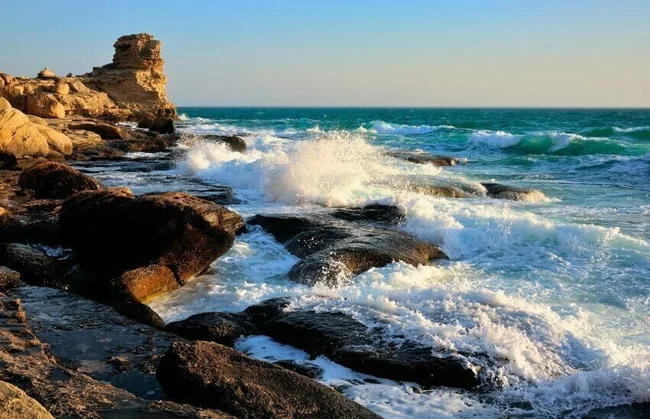
Shores of the Caspian Sea
4. Where do diamonds live?
Siberia is a real storehouse of various treasures! For such a treasury we can say “thank you” to another extraterrestrial “guest”. It is believed that a meteorite impact in the Siberian region, which occurred millions of years ago, brought trillions of carats of diamonds! Such a huge amount of diamonds will be enough for 3000 years to come to satisfy the demand of the entire world market! The diamond deposit was discovered in the early 1970s and is located beneath the Popigai crater (approximately 100 km in diameter), left by a meteorite that crashed about 35 million years ago. 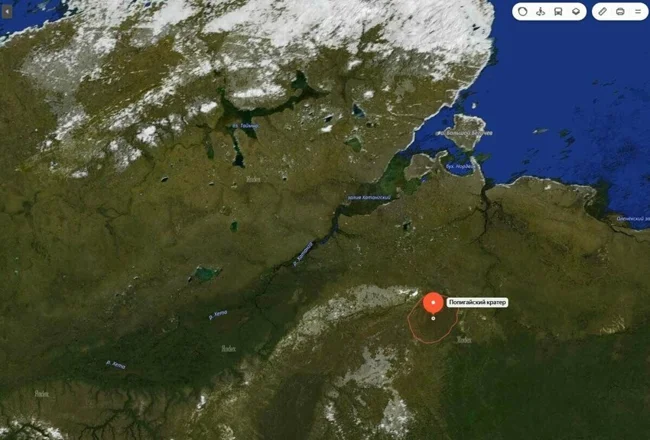
Location of the Popigai crater
The Academy of Sciences confirmed that this crater, located in Eastern Siberia, contains trillions of carats of “impact diamonds.” These diamonds can be used in high-tech devices and have many other technological applications. But, unfortunately, they cannot be used for making jewelry. The Siberian diamond mine contains more diamonds than all the currently known deposits in the world. Diamonds mined in the Popigai Crater region have special properties and a crystalline form that makes them almost twice as hard as traditional diamonds. This gives them excellent qualities for industrial applications. This amazing, unsurpassed hardness of diamonds is likely due to the extremely high temperature and very high pressure that acted on the carbon molecules during the explosion of the falling meteorite. By the way, until the collapse of the USSR in 1991, no one in the world knew about the discovery of this crater. The release of information that the meteorite yielded trillions of carats of diamonds immediately aroused great interest in the find. I’m still curious, is there a way to make jewelry from these unique diamonds? 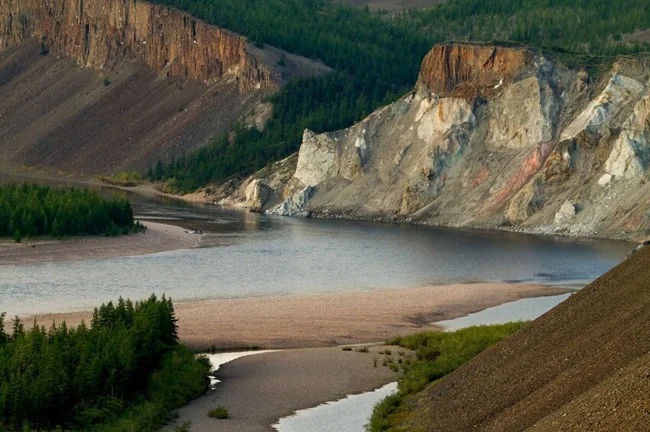
Popigai crater area
5. The ill-fated Bermuda...
Bermuda - perhaps most people associate this word with some strange inexplicable phenomena, maybe it’s all about the meteorite that landed there? The Bermuda Triangle is an area in the Atlantic Ocean bounded by a triangle whose vertices are Florida, Bermuda and Puerto Rico. What strange events are happening there? For example, even Christopher Columbus, sailing to the shores of America, noticed an incomprehensible glow of the sea. Compass arrows there show the wrong direction, ships and planes mysteriously disappear, and even so that no one can find them! Maybe there is a meteorite with a powerful magnetic field at the bottom of the Bermuda Triangle? 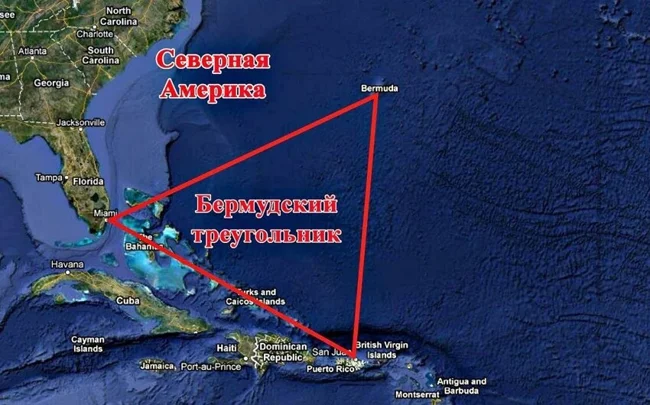
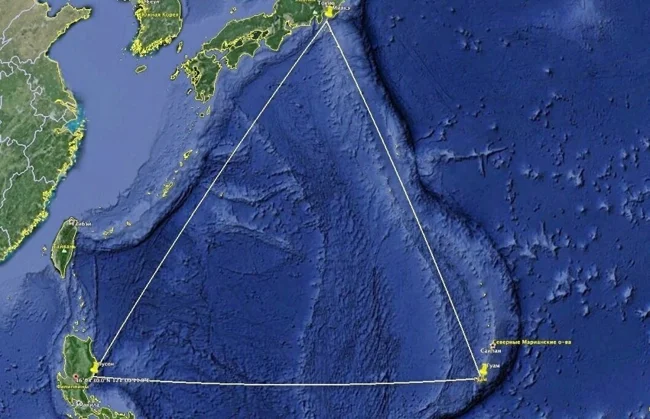
Magnetic fields can persist for asteroids for millions of years. This may explain the strange behavior of the compass needle, which in the Bermuda Triangle begins to rotate randomly, as if going crazy. Because of this, ancient ships simply went off course and could not return, perhaps they disappeared in the waters of the ocean, we’re just looking for them in the wrong place. For technology, a strong magnetic field could create significant interference. Nobody knows where the more modern ships and planes have disappeared to. If there really is a meteorite there, then the diameter of the crater will be approximately 1250 km! There is often information that it was this giant meteorite that destroyed Atlantis. These mysteries will remain unsolved until there are brave souls willing to explore the ocean floor in detail!

